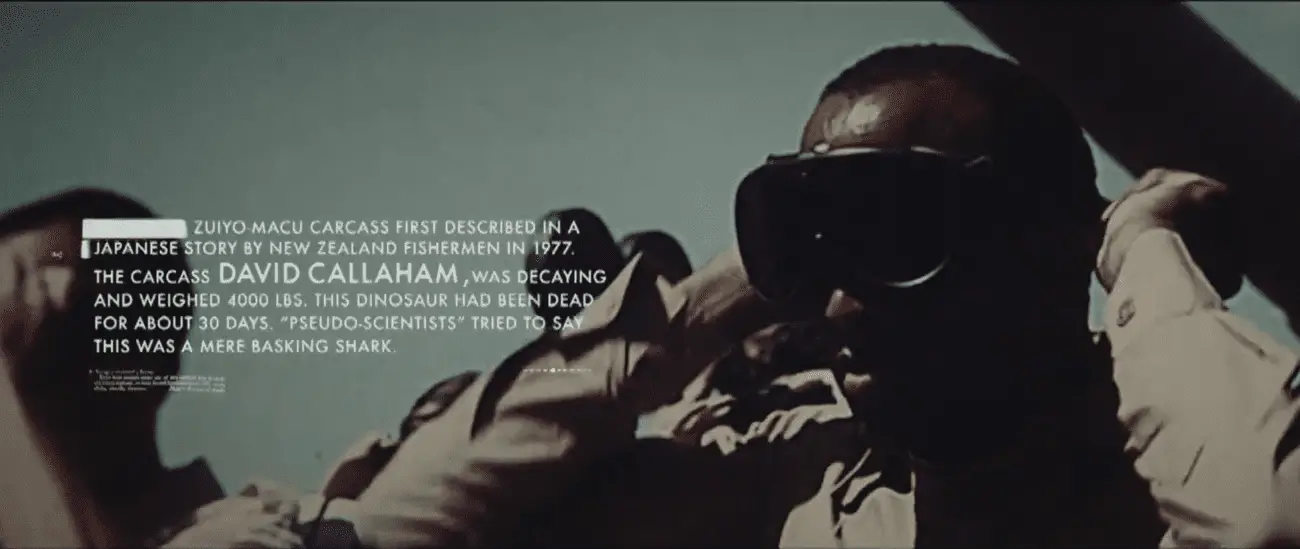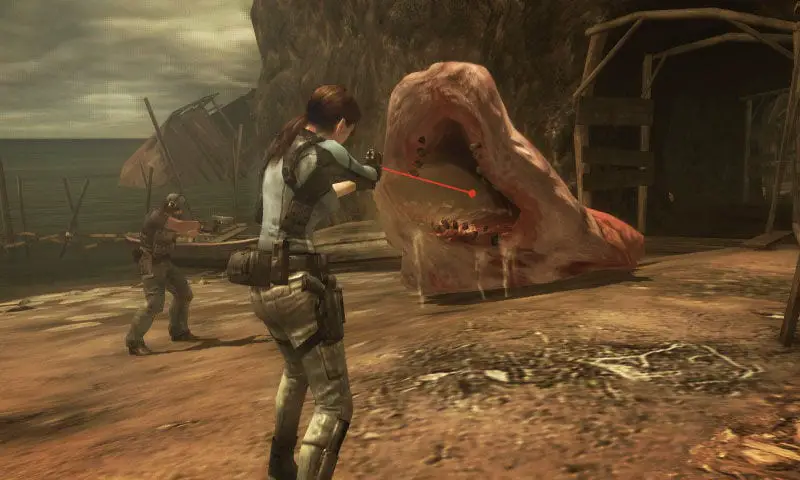The ocean has always been incredibly mysterious, and the fact that we still don’t know very much about it is quite scary. There could be almost anything down there! So when something washes up on a beach that we can’t identify…well, that piques human curiosity quite a lot. So what do you call such a creature? Thankfully, in the 1960s cryptozoologist Ivan T. Sanderson coined the term “Globster,” a combination of blob and lobster. As soon as I heard this, I was obsessed. It’s extremely fitting and strangely adorable! While generally Globsters can be summed up as “it was a whale carcass,” it’s interesting to look back on the efforts and hypotheses that went into identifying them before modern methods like DNA testing became a thing. We know a lot more now about how animals decay as well.
Giant sea monsters have been a part of culture and folklore the world over for hundreds of years, from the infamous Kraken to the Akkorokamui of the Ainu people. Many of these could be giant octopus or squid, which we know very little of to this day. Due to their habitat being so deep in the ocean, they rarely surface unless close to death and even then they decay quickly or are eaten. We only have a few specimens of the colossal squid at all! Could Globsters and sea monsters be one and the same?
The earliest recorded Globster was in 1808, the so-called Stronsay Beast. Measuring 55 ft (16.8 m), it’s no wonder people thought it was a mythical sea serpent. Due to its shape (long neck and “tail”), many people also thought it could be a plesiosaur—a proto-Nessie perhaps! It even took place on the coast of Scotland. It was covered in a mane of bristles that glowed in the dark when wet, probably freaking everyone the hell out. Due to its appearance, the oarfish has often been thought to be the source of sea serpent legends as well.
Globsters could partly be the inspiration for some of Lovecraft’s stories. This is just a theory, mind you, but the dates of one of the most famous Globster discoveries and Lovecraft’s life coincide. Considering his prolific love of weird tales and reading in general, I find it hard to believe he didn’t hear about The St. Augustine’s Monster through word of mouth or newspaper articles. Lovecraft was a child in 1896, but there are many photographs and eyewitness accounts of the creature.

It’s hard to understand just from this old photograph, but the St. Augustine Monster was approximately 18 feet (6m) in length, weighed about five tons, and was described as being pale pink in color. It literally is The Blob. Dr. DeWitt Webb, the only person with an academic background to examine the beast, thought it might be a giant octopus, based on the stumpy “legs,” and several detached parts buried in the sand nearby.
Several months later, it washed back out to sea and turned up a few miles down the coast, probably looking and smelling even worse. To prevent it from washing back out again, Dr. Webb had it dragged to a safer spot with the help of six horses because of how much the lump weighed. It became a bit of a tourist attraction (man there really wasn’t a lot to do back in the day, huh?), and while it’s stated it’s unknown what happened to the carcass after, I can only assume it was eaten by various animals and rotted away. An analysis in 1995 identified it as a mass of whale blubber.
Other remains of similar mysterious origin, like the Panama Creature or Montauk Monster, look completely alien but are usually just decaying mammals that have lost their fur, giving them a strange human fleshy quality, unlike anything you normally see in life. Being submerged in water and bloating from natural decomposition also alters the body’s shape, making it difficult for a layman to identify what they’re looking at. I’m sure the possibility of being the first to discover a new species would be the first thought of many! Followed by the disappointment of it just being a dead raccoon (like in the case of the Montauk).
Globsters have found their way into modern culture, from movies to video games, and are partially an inspiration for some kaiju. One, in particular, is even referenced in Godzilla vs. King Ghidorah. The Zuiyo-maru carcass found off the coast of New Zealand in 1977 (named after the Japanese fishing trawler that discovered it) was another basking shark that was thought to be a plesiosaur. In addition, this specimen is also mentioned in the opening credits to 2014’s Godzilla.

An enemy in the video game Resident Evil: Revelations is called a Globster, although it is a mutated human, not a sea creature. The majority of the mutations in the Resident Evil series are from viruses, and the T-Abyss Virus in Resident Evil: Revelations bears similarities to aquatic life, giving the basic “zombies” grey bloated skin and cephalopod-like suckers. The more advanced the infection, the more the body resembles marine life—crab claws, tentacles, shark skin, the works.

Of a similar vein, though not technically a Globster as it didn’t come from the sea, is a teaser for an unmade Neill Blomkamp (director of District 9, Chappie) project dubbed AGM Heartland, featured in the digital version of Wired Magazine. Two young men discover a strange creature on the side of the road, filmed found footage style. The “animal” somewhat resembles a pig but with a long tail like a sea creature with many smaller fins or vestigial legs.
Globsters are still being found and sadly later identified as totally normal creatures (boo) as recently as 2003! I don’t think our fascination with the sea and all life under the water will slow down any time soon, and with it, more potential for mysterious and blobby critters.
Looking for more oddities? We’ve got you:
“Field of Cadavers: How Body Farms Offer Valuable Insight”
“The Faded Allure and Undying Mystique of Lost Deaths”
“The House That Ghosts Built: The Story of Winchester Mystery House”
“Welcome to Whale Bone Alley, The Haunting and Mysterious Siberian Stonehenge”
“Hybrid Taxidermy: Beastly Amalgamations of the Macabre”
“An Insatiable Hunger: Tarrare and Charles Domery”
“Confessions of a Middle-Aged Haunt Actor”


